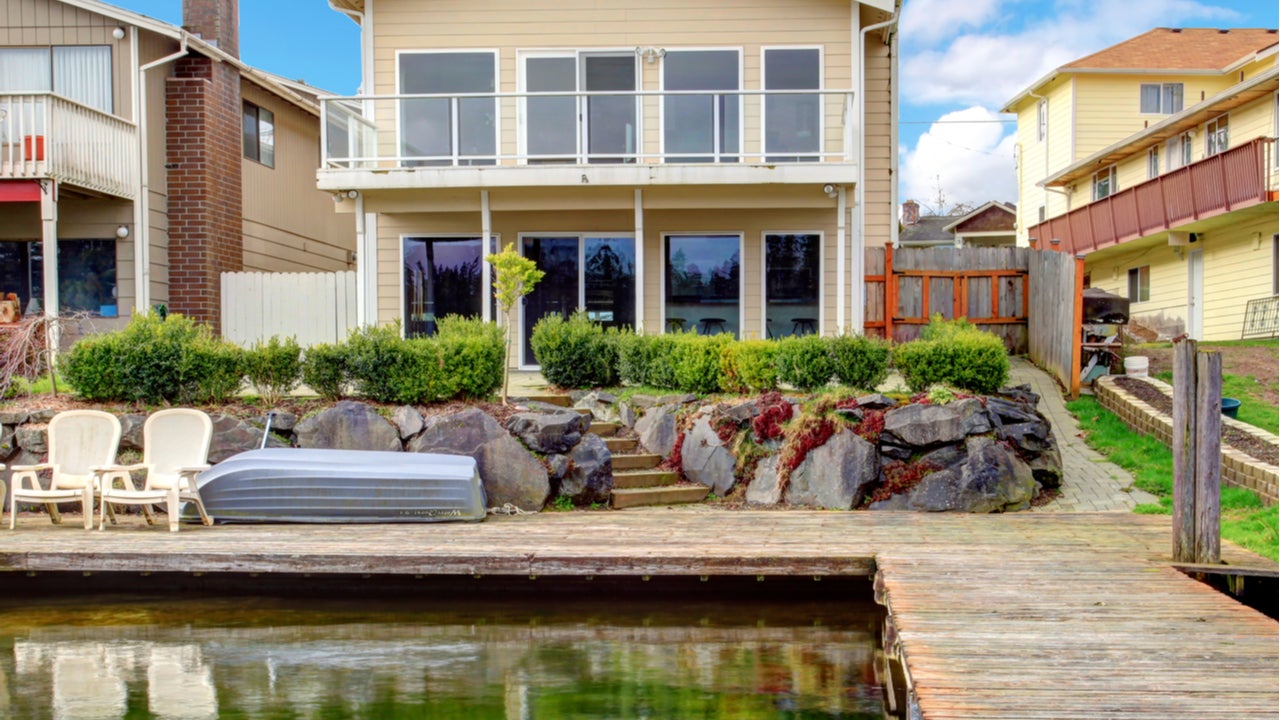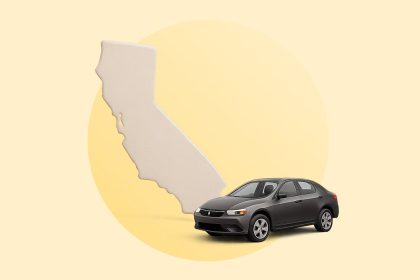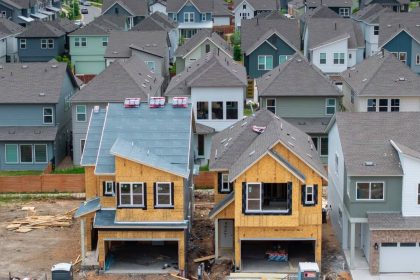Key takeaways
- Mortgage lenders require flood insurance on homes in certain FEMA-designated flood zones.
- Typically, the coverage requirement is either the full replacement cost of the home, the maximum amount allowed by the National Flood Insurance Program or the unpaid balance of the mortgage, whichever is less.
- You don’t need to buy flood insurance if your lender doesn’t require it, but since standard homeowners insurance doesn’t cover flood damage, it might still be worth getting a separate policy.
If you need a mortgage for a home in a flood zone, your lender will likely require you to purchase flood insurance. Here’s why, how much coverage you’ll need, what it’ll cost and more.
How much flood insurance do you need for a mortgage?
If you’re buying a home in a Special Flood Hazard Area (SFHA), most types of home loans — including a conventional mortgage backed by Fannie Mae or Freddie Mac or an FHA, VA or USDA loan — require flood insurance coverage.
Typically, you must have a policy that covers the full replacement cost of your home, the unpaid balance of your mortgage or the maximum coverage allowed by the National Flood Insurance Program (NFIP), whichever is less.
Most flood insurance coverage is provided via the NFIP. The NFIP offers coverage for the property itself up to $250,000, as well as up to $100,000 for personal property.
If your home is higher in value, the $250,000 NFIP ceiling might not be enough. To cover that gap, you can get a supplemental flood insurance policy from a private company. These policies aren’t as readily available as NFIP coverage, however, and they will likely cost more and have higher deductibles.
How do I know if my lender will require flood insurance?
If your home is in an area with a moderate to high risk of flooding — or an SFHA — your lender will almost certainly require flood insurance. In fact, if you’re getting a government-backed loan, the lender is required by law to mandate it.
The Federal Emergency Management Agency (FEMA) maps flood hazard areas, and you can find out whether a property is in one by plugging the address into FEMA’s Flood Map Service Center.
Keep in mind that your lender may require flood insurance even if you don’t live in a SFHA — but if you do, you’re very likely to need the coverage.
Why do mortgage lenders require flood insurance?
Mortgage lenders require flood insurance for the same reason they require homeowners insurance: to protect their interest in the property.
“If flood damage is suffered and funding is not available to repair, the home’s value diminishes significantly, which negatively impacts the lender and the homeowner,” says Kyle Herring, partner at Strategic Claim Consultants in San Antonio, Texas.
This is why you might need to buy flood insurance even if you’re not buying in a high-risk area or getting a government-backed loan.
How much does a flood insurance policy cost?
According to 2023 data from FEMA, about a third of flood insurance policies in force for single-family homes cost less than $1,000 per year, while another third cost between $1,000 and $2,000 annually.
If NFIP coverage is available in your area, it’ll likely be the most affordable option. The average cost of NFIP insurance is approximately $800 yearly, says Madelyn Rodriguez, a partner at Clausen Choquette, PLLC, a legal firm in Boca Raton, Florida which specializes in insurance disputes. She adds that “this amount varies greatly by the location of the property, amount of coverage needed and proximity to bodies of water.”
Flood insurance premiums can also increase from year to year, both for policies through the NFIP and private insurers. But the law limits increases to no more than 18 percent per year for most policyholders.
Additionally, flood zones and classifications can change. You may buy a home that’s not in a flood zone, but it is designated as a flood zone later on. This means you might be required to get flood insurance or pay more for it.
“If you have lower policy limits, you may also want to increase your flood policy coverage limits in the future as the cost of construction increases,” says Rodriguez.
Note: In 2021, FEMA adopted a new rating system for NFIP policies. Here’s more on those flood insurance rate changes.
How to lower your flood insurance premium
If you live in a high-risk flood zone, taking steps to mitigate flood damage can help lower your premium. These might include:
- Elevating the lowest floor of your home
- Elevating your HVAC and other essential systems
- Installing a sump pump or backflow check valve
- Getting an exterior floodwall
How to avoid the flood insurance requirement
The simplest way to avoid your mortgage lender’s flood insurance requirement is to buy a home outside of a flood zone. Of course, that might not be an option for some.
If possible, you could pay for the home in cash, but even then, you might still want to purchase flood insurance. Flooding happens on a near-daily basis throughout the U.S., and standard homeowners insurance doesn’t cover flood damage.
FAQ
Read the full article here
















